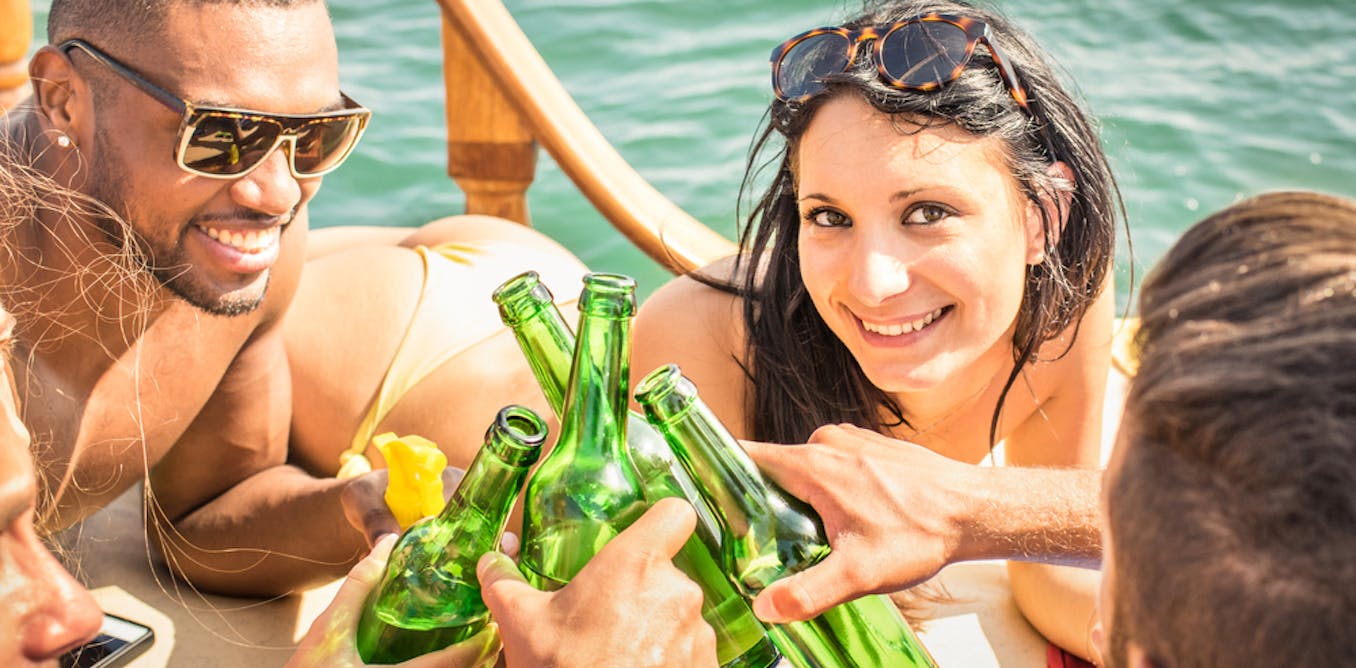Stay Safe on the Water


Australia’s Boating Culture and the Dangers of Drunk Boating
Australia is a nation of boaters, with one in ten Australians holding a boat licence. While boating can be a fun and exciting activity, it can also be dangerous, especially when combined with alcohol. In this article, we’ll explore the risks of drunk boating and provide tips on how to stay safe on the water.
Boating and Boaters
There are approximately one million registered vessels in Australia, with one in ten Australians holding a boat licence. The number of people who go boating each year is estimated to be around 18%. However, 29% of boaters say they are weak swimmers or cannot swim in the ocean, making wearing a lifejacket and avoiding alcohol use even more important.
Alcohol and Boating
Combining alcohol with boating can be dangerous, and there are strict laws in place to prevent accidents. In most states and territories, skippers must have a blood alcohol concentration of 0.05 or below. However, the Northern Territory does not have a blood alcohol limit for recreational skippers, which is concerning given its high drowning rates.
‘Boater’s Hypnosis’ is Risky
Our research has shown that people believe it is riskier to drink and drive on the road than to drink and operate a boat. However, there are added challenges on the water, including exposure to the sun, wind, glare, vibration, noise, and wave motion, which can produce a kind of “boater’s hypnosis” that can reduce reaction times and increase errors.
How about Passengers?
There is no rule that requires passengers to be sober on board. However, alcohol can lead to risk-taking behavior and is regularly implicated in drowning deaths after falling or jumping from party boats and houseboats. Drinking two standard drinks can double the risk of most types of injuries, and passengers who drink are at risk too.
Don’t Forget Your Lifejacket
People who drink alcohol while boating are also less likely to wear a lifejacket. Where alcohol is involved in drownings on our waterways, there is a greater likelihood of intoxication with other drugs, which can increase the potential for impaired decision making, reaction times, and swimming ability.
Why Aren’t More People Aware of This?
Australia has drowning prevention campaigns about the dangers of alcohol and aquatic activity, but these campaigns are not specific to boating and most have not been evaluated. So, aside from legislation and enforcement, such as breath-testing skippers, we don’t know what works to create sustained change in people’s behavior specific to drinking and boating.
Tips to Stay Safe
If you plan to drink while boating, here are our top five tips:
1. Know the limit: in most states and territories skippers must have a blood alcohol concentration of 0.05 or below
2. Skippers beware: skippers are responsible for the safety of all on board, so it’s safer to avoid alcohol altogether while operating a boat
3. Passengers are at risk too: even drinking relatively small amounts of alcohol can make people overconfident, lead to risk taking, and double the risk of most types of injuries. If drinking heavily, these risks increase
4. Look out for your friends: encourage your friends to avoid drinking until back on shore, and keep an eye on those who are under the influence
5. Watch for children or other vulnerable people: stay sober if you have caring responsibilities, for instance being responsible for children or have elderly family or friends onboard.
Conclusion
Drunk boating is a serious issue that can have devastating consequences. By understanding the risks and taking steps to stay safe, we can all enjoy the waterways while minimizing the dangers. Remember, boating is a fun and exciting activity, but it’s essential to prioritize safety above all else.
Recent Posts
Eight ways to reduce your stroke risk – no matter what age you are
Stroke: Young People Can Have Them Too – Here's How to Know If You're at…
Jeff Nippard Uses Science to Rank the Best Glute Exercises
Glute Anatomy and Exercises for Building Stronger Glutes Glute Anatomy The gluteals comprise three muscles:…
Emergency alerts and news notifications can make us stressed and anxious — here’s what you can do to cope
When Emergency Alerts Trigger Anxiety, What Can We Do? When there’s a disaster, it’s helpful…
Drinking Can Trigger Anxiety
1. Mild Detoxification Many hangover symptoms arise due to detoxification, the physical process of ridding…
Does Ozempic Negatively Affect Muscle Mass?
Last updated on March 18th, 2025 GLP-1 weight loss drugs like Ozempic and Wegovy are…
Do eggs really make you constipated?
What's the Fuss About Eggs and Constipation? You might’ve heard that eating too many eggs…


